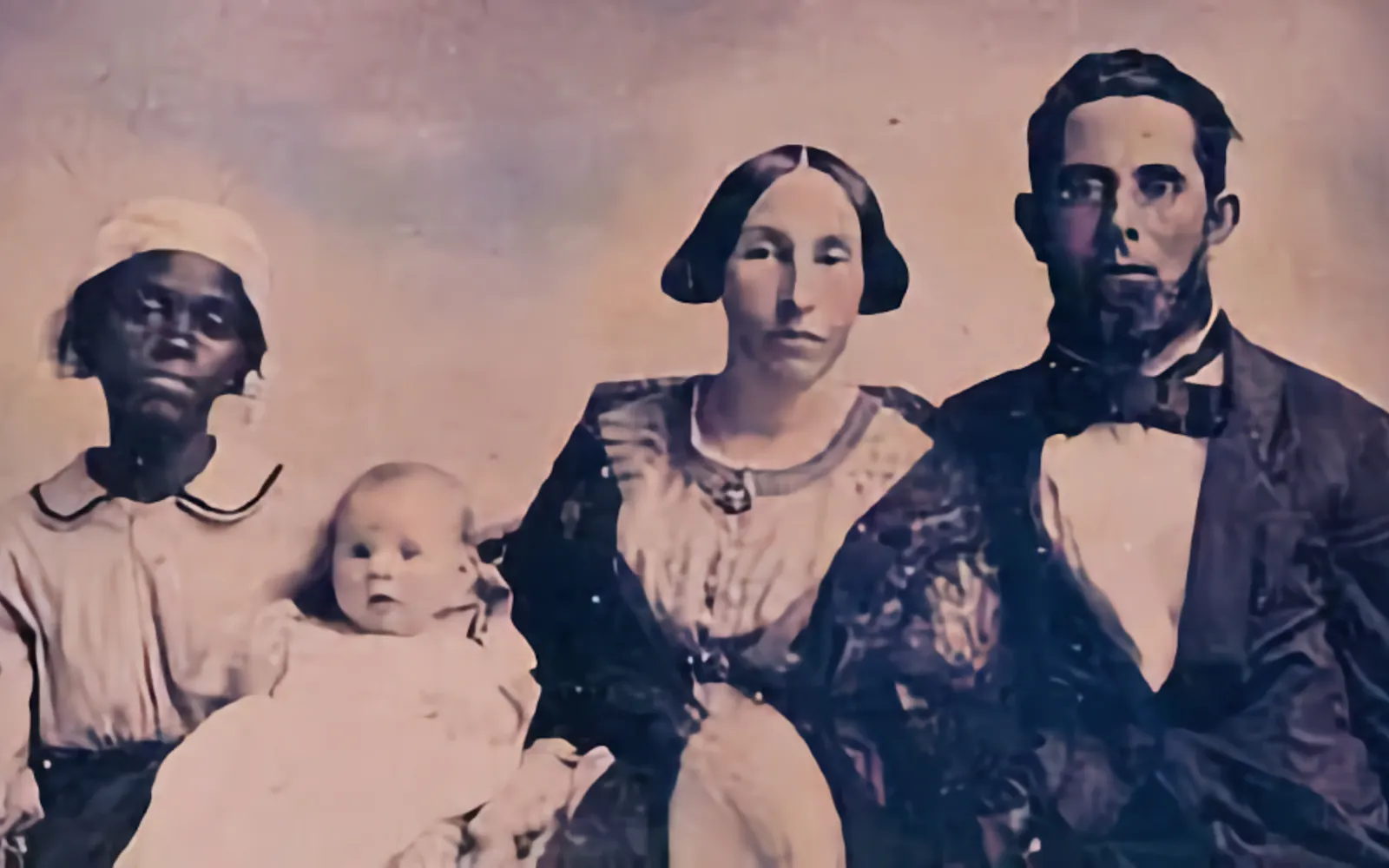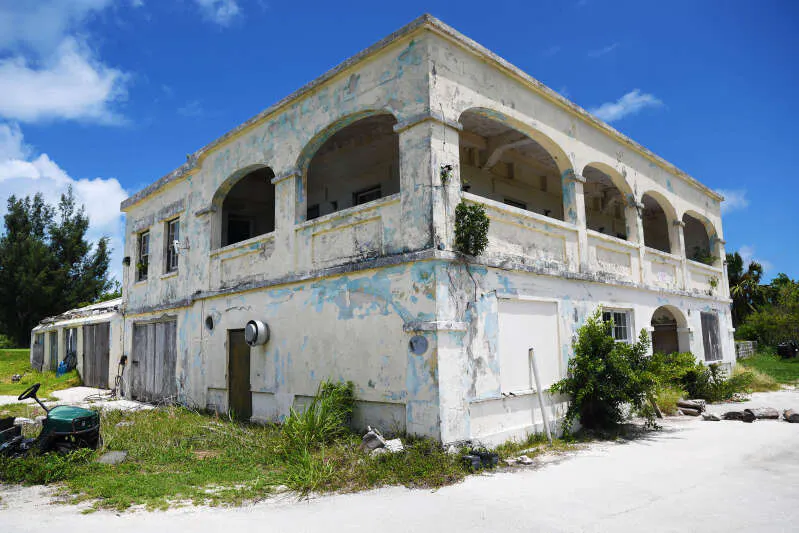Newsletter No 13 - Mary Prince

Good morning, afternoon and evening, family,
This is King Kurus, and I'm excited to share the 13th edition of my Black History Buff newsletter with you. I'm incredibly grateful to all of you who sent me kind words and support. We are reaching over 2,350 people, and the feedback has been amazing! Help grow this community of history lovers by forwarding this to a friend or colleague today.
Featured story:

Welcome to the Featured Story section of our newsletter, where we delve deep into the lives of remarkable individuals who have shaped history. In this edition, I share the extraordinary and heart-wrenching tale of Mary Prince, who bravely fought for her freedom against seemingly insurmountable odds.
Mary Prince was a remarkable woman who overcame the horrors of slavery and became a powerful voice for abolition. She was born around 1788 in Bermuda, where she endured a life of hardship and abuse under several cruel masters. She was sold and separated from her family at the age of ten and later married a free black man named Daniel James in Antigua. There, she joined the Moravian Church and learned to read and write.
In 1828, she accompanied her captor John Wood and his wife to England, hoping to gain her freedom. However, she soon realized that she was still legally enslaved in Antigua and that her captor had no intention of freeing her. She escaped the Wood household and sought refuge at the Anti-Slavery Society, where she met Thomas Pringle, an abolitionist writer who encouraged her to tell her story.
Controversy around her book
In 1831, Pringle published The History of Mary Prince, A West Indian Slave. Related by Herself, which was the first account of a black woman's life in Britain.
This pioneering narrative, authored by a woman who personally faced the brutalities of slavery, sheds light on the grim realities of enslavement in the West Indies, which were largely unknown or disregarded by the British public. The book details Mary's diverse experiences as a slave, including tasks on plantations, domestic chores, nursing, cooking, and salt production. Additionally, it highlights her relentless pursuit of freedom, dignity, and faith.
The book caused a sensation and sparked debates about slavery in Parliament. It also provoked a backlash from Wood and other slave owners who tried to discredit Prince's testimony.
The publishing of Prince’s book sparked two legal cases: one for libel and one for defamation. Pringle brought the libel case against a pro-slavery editor who accused him and Prince of lying and humiliating the British Empire.
The defamation case was brought by Prince's owner, John Adams Wood, who claimed that Pringle had damaged his reputation by publishing Prince's allegations of abuse and cruelty. In both cases, Prince appeared as a witness and testified to the truth of her narrative.
Despite her relentless efforts, she tragically failed to triumph in either case. The libel lawsuit reached a dramatic conclusion outside the courtroom as the remorseful pro-slavery writer offered a heartfelt apology. In a shocking twist, the judge dismissed the defamation case on mere technicalities, never even bothering to examine the crucial evidence or listen to Mary's compelling testimony. As a cruel result, the ever-looming shadow of re-enslavement by the merciless Wood or another brutal master made it impossible for her to return.
Mary remained the legal property of Wood until slavery was abolished in 1834
Prince never returned to Bermuda. She lived with Pringle’s family until his death in 1834 and then with another abolitionist family until 1836. Her fate after that is unknown.
The book inspired many abolitionists and women's rights activists, who saw Prince as a courageous and eloquent voice against slavery and oppression.
Prince's autobiography remains a powerful document of the horrors of slavery and the resilience of the human spirit. It is also an important source of information about slavery in Antigua, where Prince witnessed brutal punishments, sexual violence, family separations, and resistance movements among enslaved people. Her book inspired many abolitionists and women's rights activists, who saw Prince as a courageous and eloquent voice against slavery and oppression.
The Demolition of Mary Prince's Former Home: A Loss of History and Heritage

Mary Prince's story is remarkable for its courage, resilience, and connection to Bermuda's history and culture. One of the places where she lived and worked was Watlington House, a historic building that stood on what is now the Ocean View Golf Course. Watlington House is where she met her husband, and it was also the site of a "sorrowful meeting" between Mary Prince and her mother in 1815 after they had been separated for many years. Her mother told her that her father had died and her sisters had been sold away. Mary Prince recalled:
"Oh dear! I can't tell how I felt - but I thought my heart would burst."
Watlington House was one of the few tangible links to Mary Prince's life and legacy in Bermuda. It was also a rare example of an early 18th-century plantation house that survived several hurricanes and fires over the years. However, despite its historical significance and public outcry, Watlington House was demolished by the government in March 2023 as part of plans to build a new warehouse on the site.
The demolition of Watlington House has sparked outrage and sadness among many Bermudians who see it as a loss of history and heritage. Rolfe Commissiong, an activist and former Progressive Labour Party MP, condemned the demolition as "unforgivable" and "a travesty". He said: "This is not just about bricks and mortar - this is about our identity as a people."
Others have questioned why Watlington House was not preserved or relocated to another site where it could be restored and used as an educational or cultural facility. They have also criticized the government's lack of transparency and consultation regarding its decision to demolish Watlington House.
The demolition of Watlington House raises important questions about how we value our history and heritage, especially those related to slavery and oppression. How do we honour the memory and legacy of people like Mary Prince, who fought for freedom and justice? How do we protect our historic buildings from destruction or neglect? How do we balance development with conservation?
These are not easy questions to answer, but they are essential if we want to preserve our past for future generations.
Links & resources:
You can learn more about Mary Prince by reading The History of Mary Prince by Mary Prince at the link below:
https://www.amazon.co.uk/History-Mary-Prince-Indian-Slave/dp/1511606398?crid=2JPVMD212G43M&keywords=Mary+Prince&qid=1679399831&sprefix=mary+prince%2Caps%2C163&sr=8-1&linkCode=ll1&tag=blackhistor06-21&linkId=74e22c659b9c4cacfd2771cce864d407&language=en_GB&ref_=as_li_ss_tl (Si apre in una nuova finestra)Support my work:
I hope you enjoyed this week's story.
If you have gotten this far, I’d like to ask you to come with me further and consider joining my membership site. The stories I share are free to consume but not to create; they cost me time, money and a huge emotional investment to pull together, so if you enjoy my work, check out my membership platform and go deeper with me on my journey through black history. You can support my work by hitting the button below:
Thank you for being part of this journey, and I look forward to hearing from you soon!
Blessing’s
K


